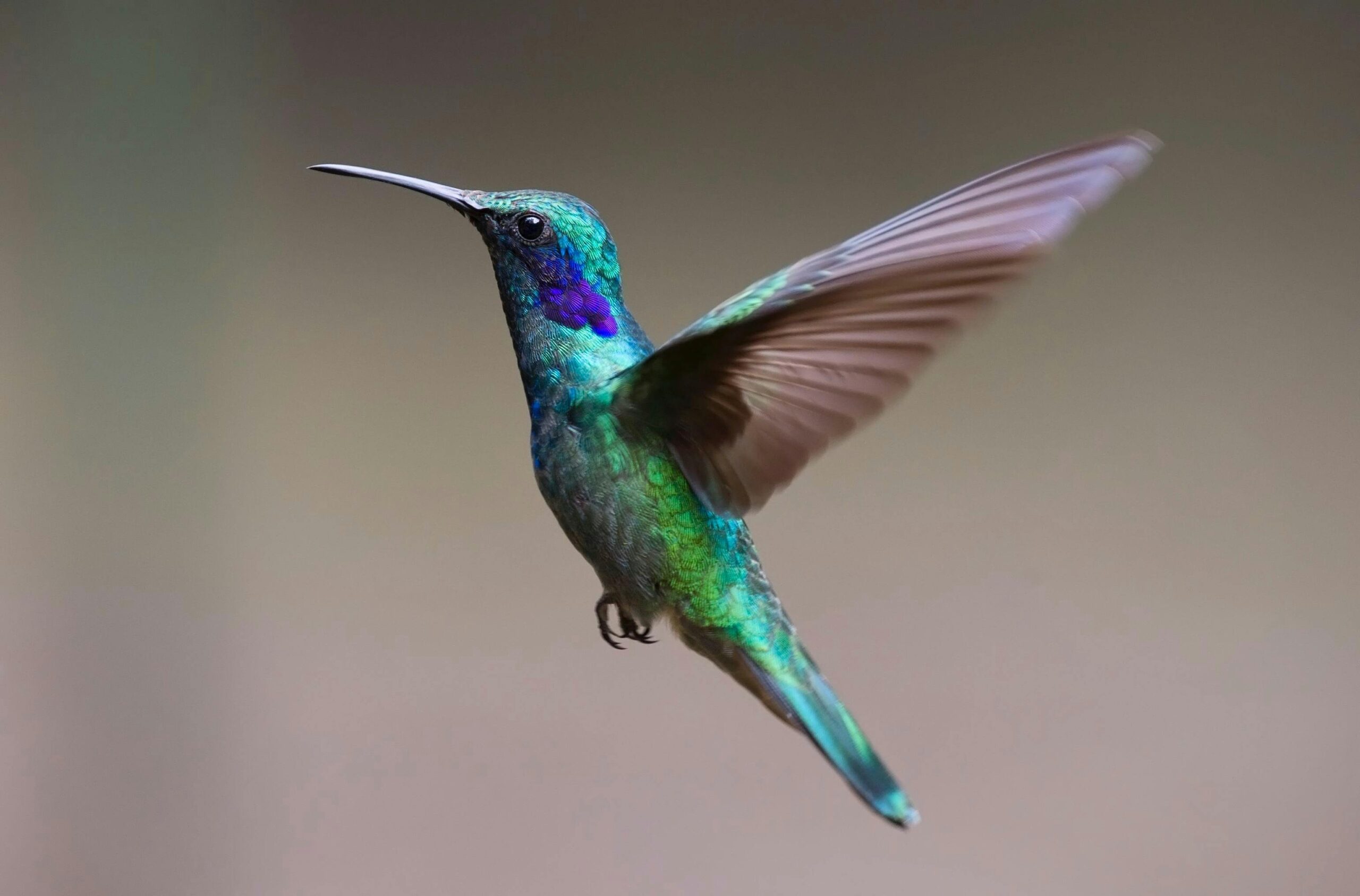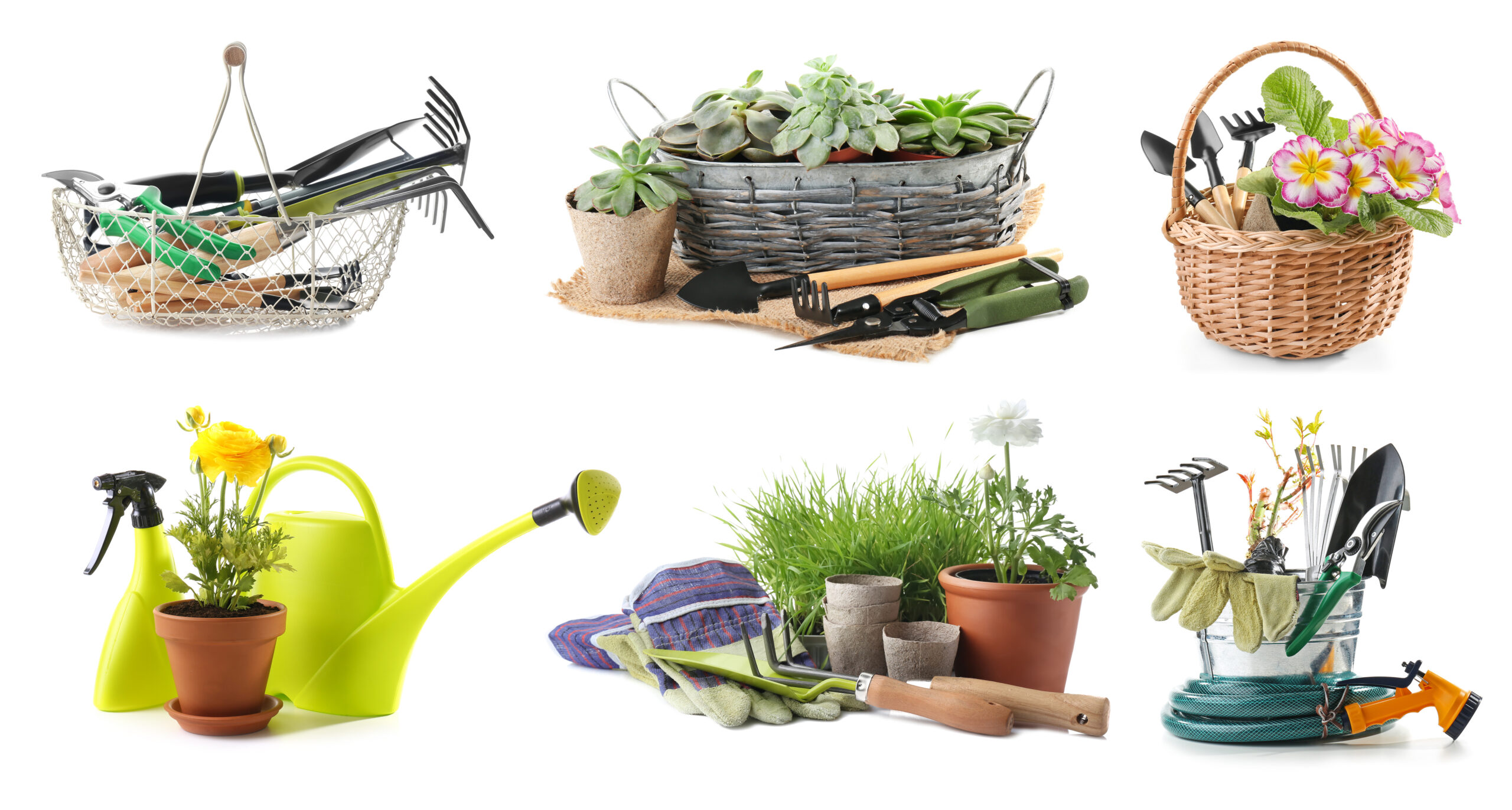Understanding the Value of Bird-Friendly Gardens
Bird-friendly gardens enhance the beauty of your outdoor space and provide vital habitat and resources for local bird populations. By incorporating native plants, water sources, and shelter, you can attract diverse bird species to your garden. Creating a bird-friendly environment is enjoyable for birdwatchers, contributes to conservation efforts, and promotes biodiversity.
Selecting Native Plants for Birds
Native plants are the foundation of a bird-friendly garden, providing food, shelter, and nesting sites for local bird species. Choose various plants that produce berries, seeds, and nectar throughout the year to attract birds at different times. Research the native plants in your area and include a mix of trees, shrubs, and perennials to create a diverse and resilient ecosystem that supports birds throughout the seasons.
Incorporating Bird Feeders and Baths
Bird feeders and baths are essential features of a bird-friendly garden, providing supplemental food and water for birds year-round. Choose feeders that accommodate different types of food, such as seeds, suet, and nectar, to attract various bird species. Place feeders in visible but sheltered locations, away from potential predators, and clean them regularly to prevent disease transmission.
Providing Shelter and Nesting Sites for Birds
Creating sheltered areas and nesting sites is crucial for attracting breeding bird to your garden. Include dense shrubs, trees with thick foliage, and birdhouses or nesting boxes to provide safe places for birds to rest, roost, and raise their young. Consider plants’ height, density, and orientation to offer various shelter options for different bird species.
Offering Clean Water for Birds
Water is essential for birds for drinking, bathing, and preening their feathers. Incorporate bird baths, shallow dishes, or small ponds into your garden design to provide clean water sources for birds year-round. Ensure that water features are shallow and have sloped edges to allow birds to access them safely, and clean and refill them regularly to prevent the spread of disease.
Avoiding Harmful Chemicals
To maintain a healthy bird habitat, it’s essential to avoid using pesticides, herbicides, and chemical fertilizers in your garden. These substances can harm bird directly by poisoning them or indirectly by reducing their food sources and habitat. Instead, opt for organic gardening methods, such as companion planting, handpicking pests, and using natural predators to control garden pests.
Minimizing Light Pollution
Light pollution can disrupt birds’ natural behaviors and migratory patterns, so minimizing artificial light in your garden is essential, especially at night. Use low-intensity outdoor lighting fixtures and shield them to direct light downward, reducing glare and preventing light from spilling into the night sky. This benefits birds and improves the overall ambiance and energy efficiency of your garden.
Creating Bird-Friendly Landscaping
In addition to providing food, water, and shelter, bird-friendly landscaping includes features like mulch, leaf litter, and brush piles that offer foraging opportunities and habitat for insects and other invertebrates that birds feed on. Leave areas of your garden undisturbed to provide nesting sites and cover for ground-dwelling birds. By creating a welcoming habitat for birds, you can enjoy the beauty and benefits of these feathered visitors in your garden.



